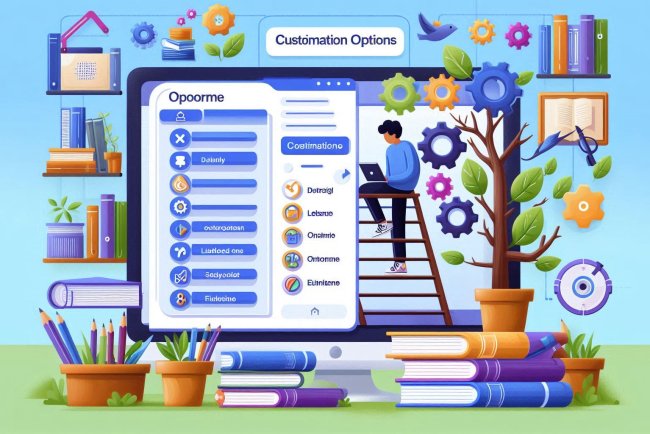Supervised Learning
Supervised learning is a type of machine learning where models are trained on labeled data to make predictions or classifications.

Supervised Learning
Supervised learning is a type of machine learning where the algorithm learns from labeled training data. The algorithm is trained on a labeled dataset, where each example is a pair consisting of an input object (typically a vector) and a desired output value (also known as the supervisory signal).
Key Concepts
In supervised learning, the algorithm tries to learn the mapping function from the input to the output. The goal is to approximate the underlying mapping so well that when new data is presented, the algorithm can predict the output values for that data. Some key concepts in supervised learning include:
- Training Data: The labeled dataset used to train the algorithm.
- Features: The input variables used to make predictions.
- Labels: The output values that the algorithm is trying to predict.
- Model: The learned mapping function that predicts output values from input data.
- Loss Function: A function that measures how well the model is performing by comparing the predicted output values to the actual labels.
Types of Supervised Learning
There are two main types of supervised learning: classification and regression.
Classification
In classification tasks, the goal is to predict the categorical class labels of new instances based on past observations. The output variable is a category, such as "spam" or "not spam," "dog" or "cat," etc. Popular algorithms for classification include logistic regression, support vector machines, and decision trees.
Regression
In regression tasks, the goal is to predict continuous values for new instances. The output variable is a real value, such as temperature, price, etc. Popular algorithms for regression include linear regression, random forests, and neural networks.
Workflow
The general workflow of supervised learning involves several steps:
- Data Collection: Gather a labeled dataset that contains input-output pairs.
- Data Preprocessing: Clean and prepare the data for training.
- Feature Engineering: Select and transform the input features to improve model performance.
- Model Selection: Choose an appropriate algorithm for the task.
- Training: Fit the model to the training data.
- Evaluation: Assess the model's performance on a separate test dataset.
- Prediction: Use the trained model to make predictions on new, unseen data.
Challenges
Supervised learning comes with its own set of challenges, including:
- Overfitting: When the model performs well on the training data but fails to generalize to unseen data.
- Underfitting: When the model is too simple to capture the underlying patterns in the data.
- Data Quality: The quality of the labeled data can significantly impact the performance of the model.
- Feature Selection: Choosing the right set of features is crucial for model performance.
Applications
Supervised learning is widely used in various real-world applications, including:
- Image Classification: Identifying objects in images, such as cats, cars, etc.
- Sentiment Analysis: Analyzing text data to determine the sentiment, such as positive or negative.
- Medical Diagnosis: Predicting diseases based on patient data.
- Recommendation Systems: Suggesting products or content based on user preferences.
Conclusion
Supervised learning is a powerful machine learning technique that has been successfully applied to a wide range of problems. By learning from labeled data, supervised learning algorithms can make predictions on new, unseen data with high accuracy. Understanding the key concepts, types, workflow, challenges, and applications of supervised learning is essential for anyone working in the field of machine learning.
What's Your Reaction?

















